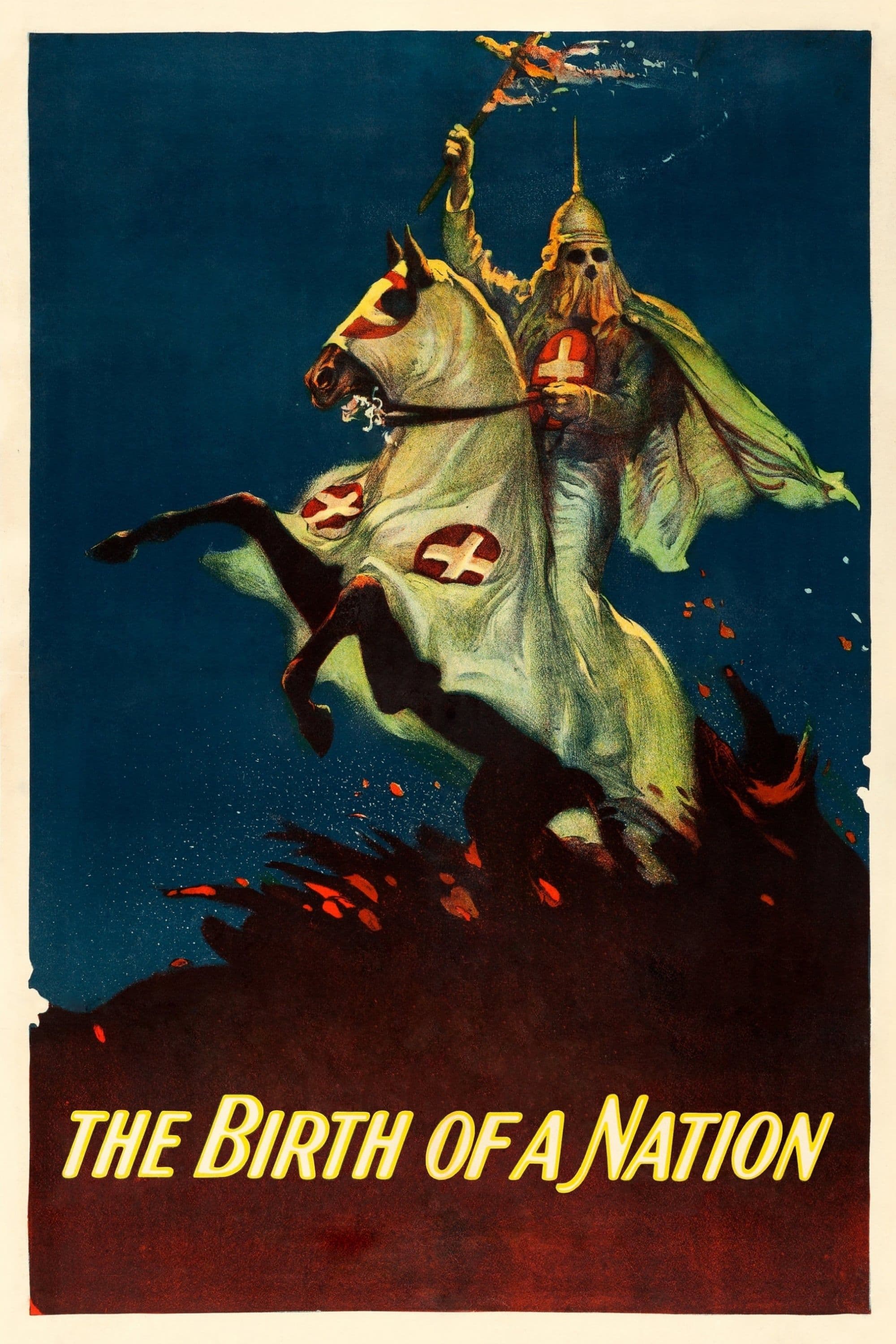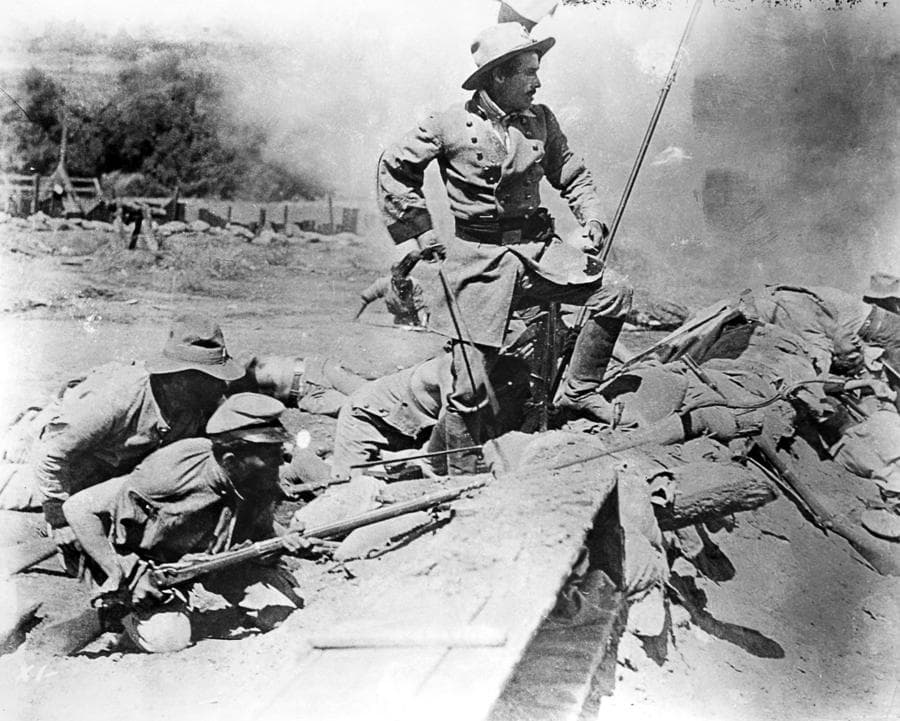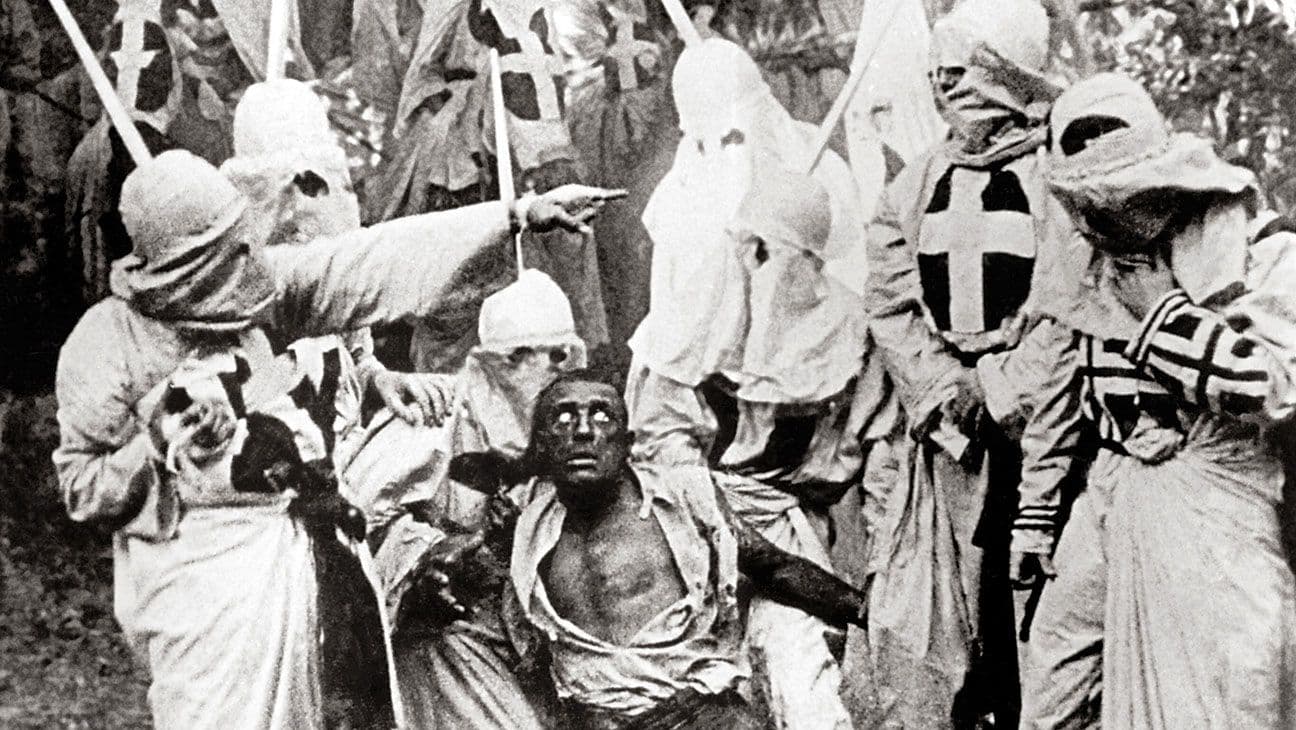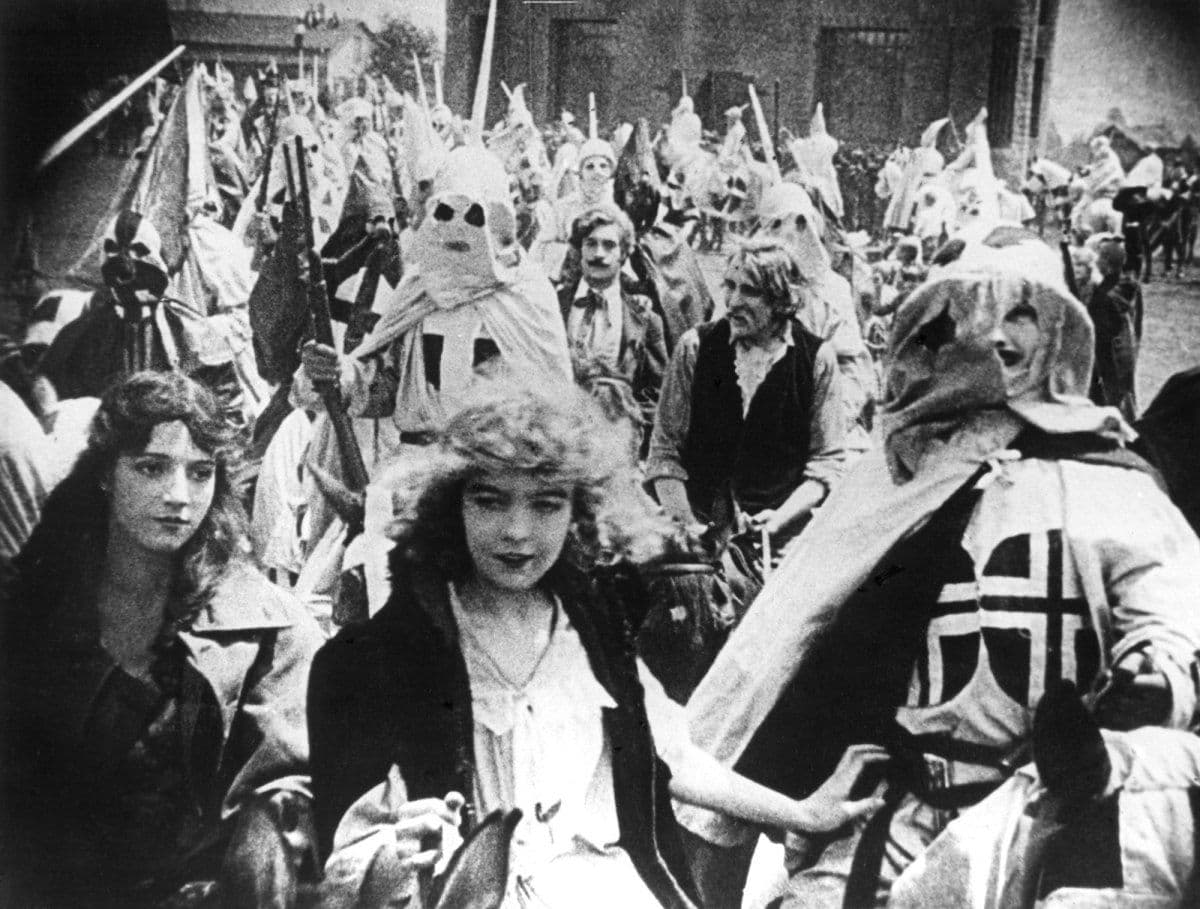
The Birth of a Nation
1915
Rate this movie
Average: 0.00 / 5
(0 votes)
Director
"The Birth of a Nation" by D.W. Griffith is a work that profoundly impacted the history of cinema, sparking a debate still relevant today on racial representation and the social function of cinema, a discussion that vehemently reverberates in the contemporary debate on cancel culture and the separation between the artist and their work. Griffith, with his immeasurable ambition and technical mastery, created a monumental work, a true visual Leviathan for its time, rich in innovations that revolutionized cinematic language, forging its very grammar. However, his highly partial and ideological vision, which glorifies the Ku Klux Klan and denigrates the African American population with a ferocity worthy of a far different purpose, makes the film a deeply problematic work that, in fact, more than any other, sparked fierce controversy on one hand and sculpted the primitive concepts of cinematic grammar on the other. These were not mere grumblings, but a wave of indignation that saw the NAACP (National Association for the Advancement of Colored People) lead protests and attempts at censorship across the country, well aware of the nefarious power of such pervasive art. Parallel editing, the close-up, the dramatic use of light and shadow to sculpt faces and emotions, the masterful handling of crowds, and nighttime cinematography: Griffith audaciously experimented with new narrative techniques, transforming cinema, then still in its infancy, into a powerful and versatile expressive medium, capable of imbuing historical events with an epic sweep. The film's running time, over three hours, testifies to Griffith's cyclopean ambition to tell an epic saga, to paint a fresco of post-Civil War American history, almost as if to codify a new national mythology. However, the film's aesthetic magnificence and technical audacity cannot in any way conceal or mitigate its racist and violent message; indeed, they amplify its danger. The portrayal of the Ku Klux Klan as the savior of the homeland, a chivalric order risen from the ashes of defeat to defend the honor of the South and the purity of white women, is an apologia for racism that had devastating consequences on popular culture and American politics, decisively contributing to the rebirth of the KKK in the 1920s and strengthening the segregationist apparatus of the Jim Crow laws. The film helped spread negative stereotypes about African Americans, depicting them as brutal, lascivious, and inherently inferior, thus fueling racial hatred and legitimizing systemic oppression.
Griffith thus deployed a great creative and productive effort, with an unprecedented budget for the era and an imposing cast, attempting to encapsulate a pivotal and harrowing moment of American history in a single powerful work. The film, based on Thomas Dixon Jr.'s literary work "The Clansman," follows the intertwined fates of two families, the Northern Stonemans and the Southern Camerons, as they find themselves fighting on opposing fronts during the Civil War. The War is depicted in all its bloody devastation, with battle scenes that remain a paradigm for the historical war genre. But it is in the post-conflict period that the film reveals its true, problematic heart: once the conflict ends, the South is devastated, and the African American population, newly freed from slavery, seeks to integrate into society, a process that the film portrays as an anarchic threat to the established order. The film presents a highly romanticized and idealized vision of the Ku Klux Klan, describing it as a vigilant group, a kind of heroic and necessary paramilitary force, fighting to re-establish order and justice in the South, threatened by the violence and anarchy of blacks and "scalawags." Griffith depicts the Klan as the only hope of redemption against the insurrectionist anarchy of the Black population, an image so powerful that it was reproduced and venerated for decades, a foundational myth of the Southern "Lost Cause." The representation of African Americans is deeply problematic and stereotyped: they are depicted as violent, incapable of self-governance, prone to criminality and dissoluteness, and responsible for all the ills afflicting the South during Reconstruction. Even the use of white actors in blackface to portray Black characters amplifies the discomfort and the deliberate racial caricature. His seems a clumsy attempt to contextualize social tensions and sublimate them into a will for cooperation between North and South after the conflict, united for the building of a stable and strong country. But in doing so, he only distorts History, bending it to his own convictions and a retrograde and dangerous ideology, generating a narrative "palimpsest" that contributed to forging the American myth on foundations of hatred and division. The film's screening at the White House for President Woodrow Wilson, who is said to have stated: "It is like writing history with lightning, and my only regret is that it is all so terribly true," became an infamous seal of legitimization, even more problematic considering Wilson's Southern past.
"The Birth of a Nation" is a film that, while being a pioneering and seminally influential work from a technical standpoint – a true compendium of the nascent expressive possibilities of the cinematic medium –, is deeply marked and corrupted by the racist ideologies of the era in which it was made, and by the personal convictions, and not least, by the interests of one man. It is a complex and controversial work, an ambivalent monolith that invites us to reflect on the power of cinema not only as entertainment but as a powerful instrument of propaganda and on its inherent social responsibility. On one hand, it is a timeless masterpiece that lays the technical and conceptual foundations of modern cinematic language, a beacon that illuminated the path for generations of directors, from Eisenstein to Ford. On the other hand, it is a highly partial and ideological historical vision, a receptacle of prejudices through which Griffith uses cinema to promote a romanticized and toxic view of the South and justify the atrocities of the Ku Klux Klan. And at the end of the viewing, a pressing question arises for the viewer, a dilemma that transcends simple cinematic criticism and infiltrates everyone's morality: is it possible to separate the semantic and aesthetic planes and attempt a dispassionate approach, a kind of phenomenological "epoché," towards such an intrinsically problematic work of art? Can a work of art be admired exclusively for its aesthetic message, for its formal innovation, notwithstanding its odious and blatant racist tone and its devastating impact on reality? Or must it be condemned for the horrifying distortion of the actual course of events, for its inherent immorality, dragging it into the dust without appeal? The answer is entrusted to the conscience of every individual, to their capacity for discernment and their honest approach to History and Art, and whatever it may be, as long as it is the result of critical reflection, it holds equal dignity.
Genres
Gallery




Featured Videos
Official Trailer
Memorable Scene
Comments
Loading comments...